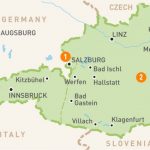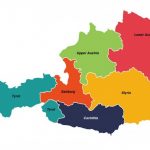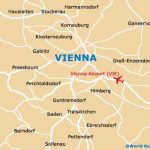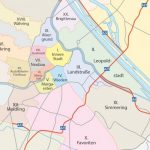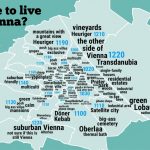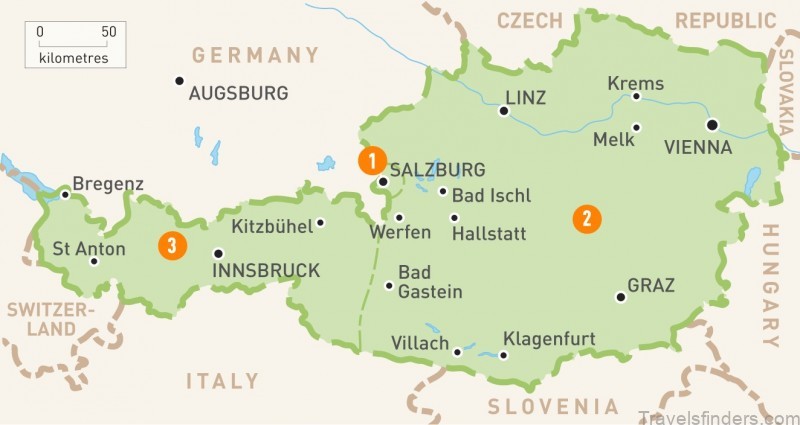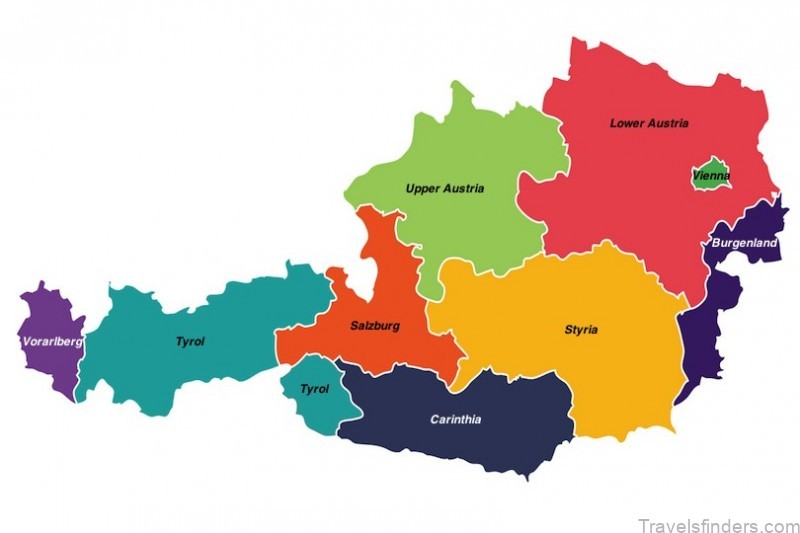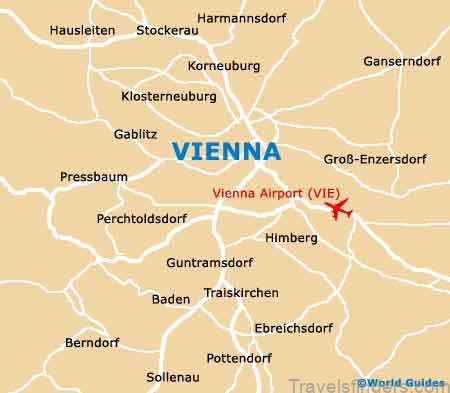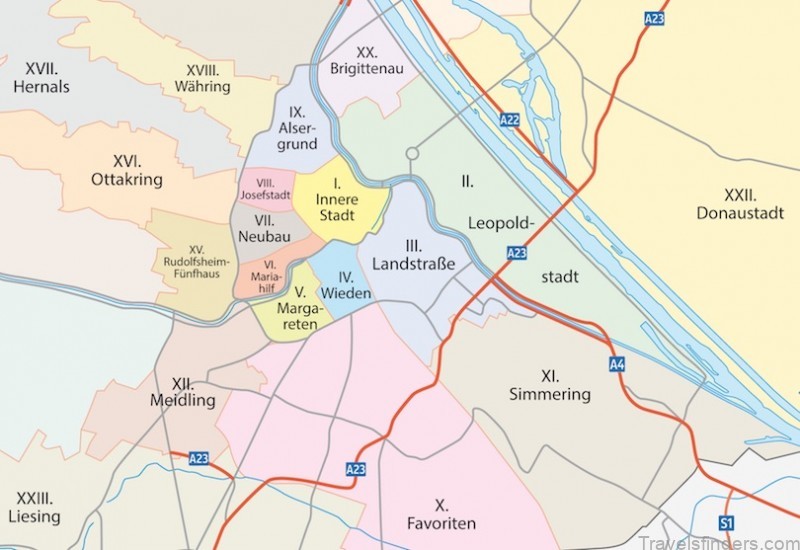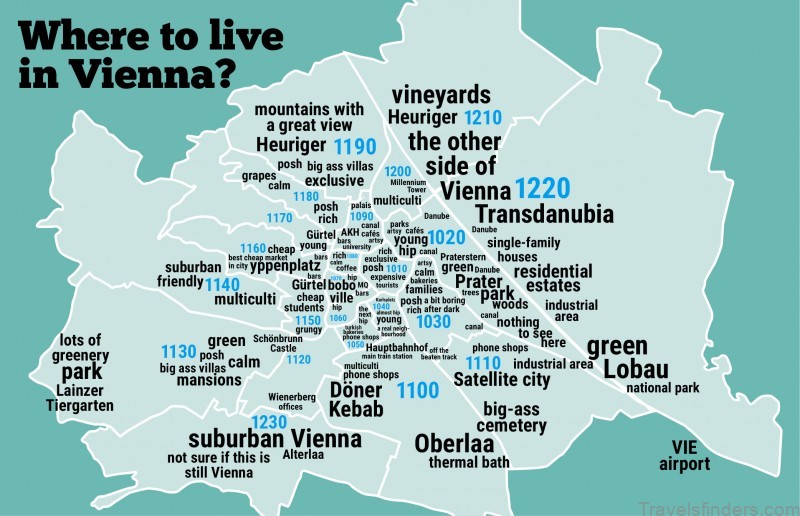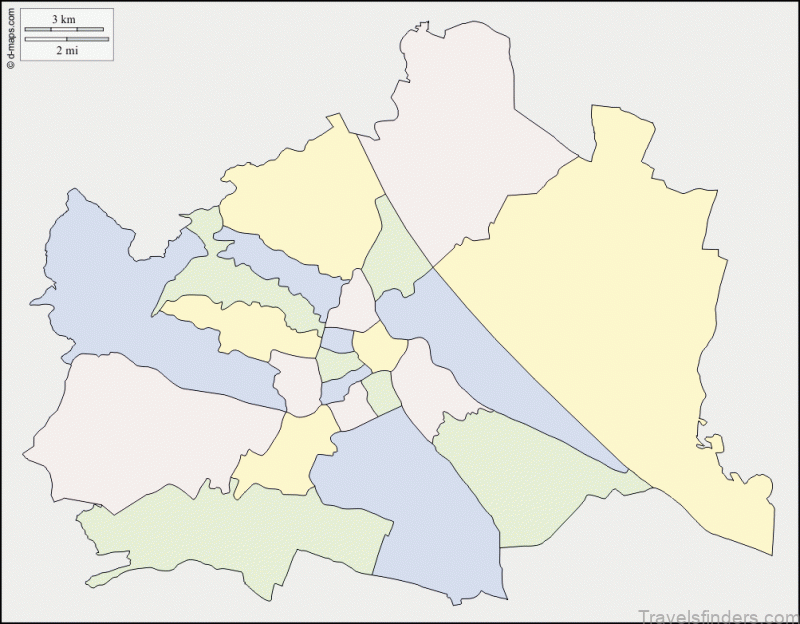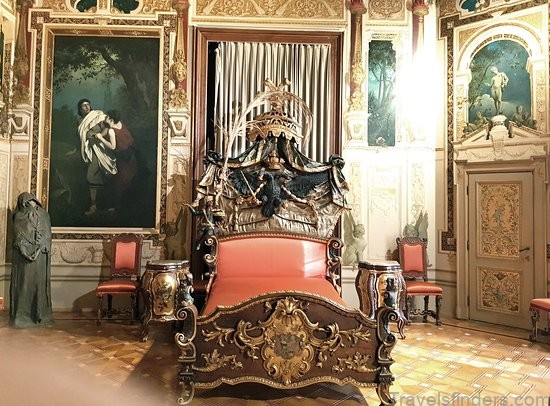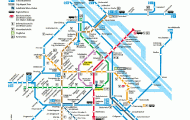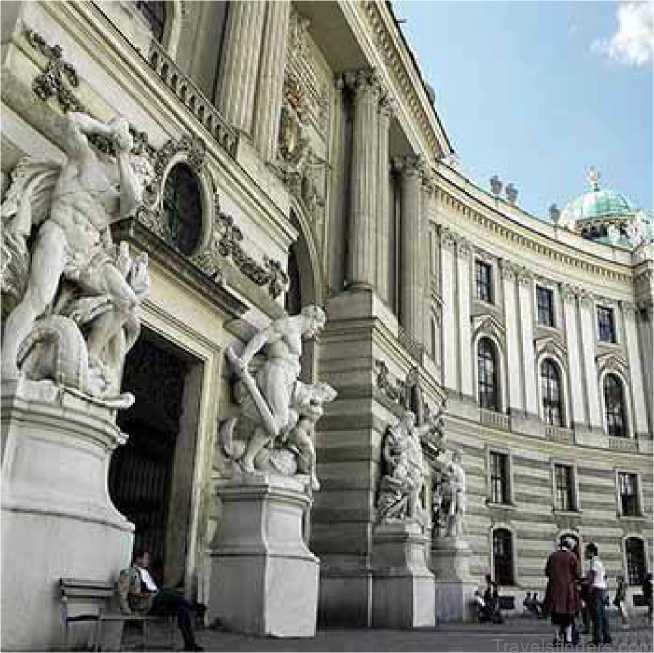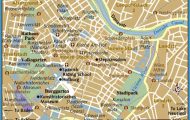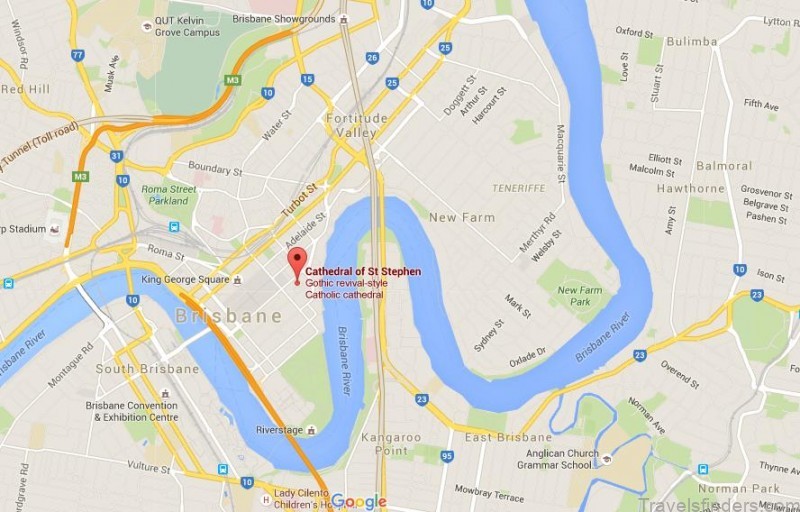Schonbrunn Castle was built during the reign of Maria Theresa in the middle of the 18th century as the summer residence of the Habsburgs. From Maria Theresa’s time stems not only the exterior design of the castle and large parts of the park, but also most of the interior decoration – an especially well-preserved example of Austrian Rococo.
Schonbrunn Castle
In 1830 Emperor Franz Joseph I was born in Schonbrunn Castle. He also died here in 1916 after reigning for 68 years. At the beginning of your walk through the castle building, you will pass by his desk where he wrote his famous manifest “To My Peoples” – the declaration of war through which Franz Joseph launched World War I.
In the Mirror Room the then only six-year-old Wolfgang Amadeus Mozart played for Maria Theresa for the first time. In the Blue Chinese Salon the last emperor, Charles I, had to abdicate the throne.
In 1805 and 1809 Napoleon Bonaparte spent time at Schonbrunn Castle with his entourage. Napoleon claimed the bedroom of the Habsburg monarchs for himself and slept in Maria Theresa’s bed. His son lived in the room next door for his entire life.
Vienna Region Map Photo Gallery
It is difficult to specify only one room as the highlight of the castle: too many of the rooms are unique in terms of their function, design and historical importance. But one of them is surely the 40-meter-long ballroom, the so-called Great Gallery, where the American president John F. Kennedy extended his hand to the Russian head of state Nikita Khrushchev in 1961.
Just as well worth seeing as the magnificent ballroom itself are the two side rooms that belong to it: the so-called Chinese Cabinets, created for the many meetings and conversations that were to be kept hidden from all the curious ballroom guests. These rooms were named the Chinese Cabinets due to their Far Eastern lacquer panels and their parquet floors ornately decorated with inlays.
The purposeful simplicity of the living and working quarters of Emperor Franz Joseph I and his spouse Elisabeth that you see at the beginning of the tour are distinctly different from the luxurious representative rooms of Maria Theresa.
Further highlights of the castle tours are:
- – The Vieux-Laque Room with its black and gold lacquer paneling from Beijing, which Maria Theresa dedicated to her beloved husband Franz Stephan who died long before she did.
- – The so-called Millions Room with its rosewood intarsia inlays that depict scenes of the lives of Indian maharajahs in the 16th and 17th centuries.
- – Especially noteworthy is also the Porcelain Room, which was the work and play room of Maria Theresa’s family. In between the blue and white wall ornamentations hang 213 drawings made by Maria Theresa’s husband and her children.
For the tour of the 40 rooms of Schonbrunn Castle you need about one hour. I highly recommend choosing the Grand Tour, which will take you through all the above mentioned rooms. After seeing where and how the Habsburg lived for generations by visiting the castle itself, you can now get an idea of how they traveled and presented themselves to the public by visiting the Carriage Museum.
Schonbrunn Anlage | Schonbrunn Complex
Public transport: Underground U4 Schonbrunn
Opening hours
April – June 08.30 am – 05 pm
July – August 08.30 am – 06 pm
September – October 08.30 am – 05 pm
November – March 08.30 am – 04.30 pm

